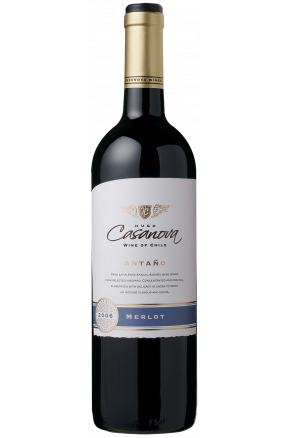Antano Reserve Merlot
Regular price
zł59.00
-zł23.00
Price
zł36.00
A wine with a slender silhouette and a dark red color with ruby reflections. It matures for about 4 months in French oak barrels. The abundant...


